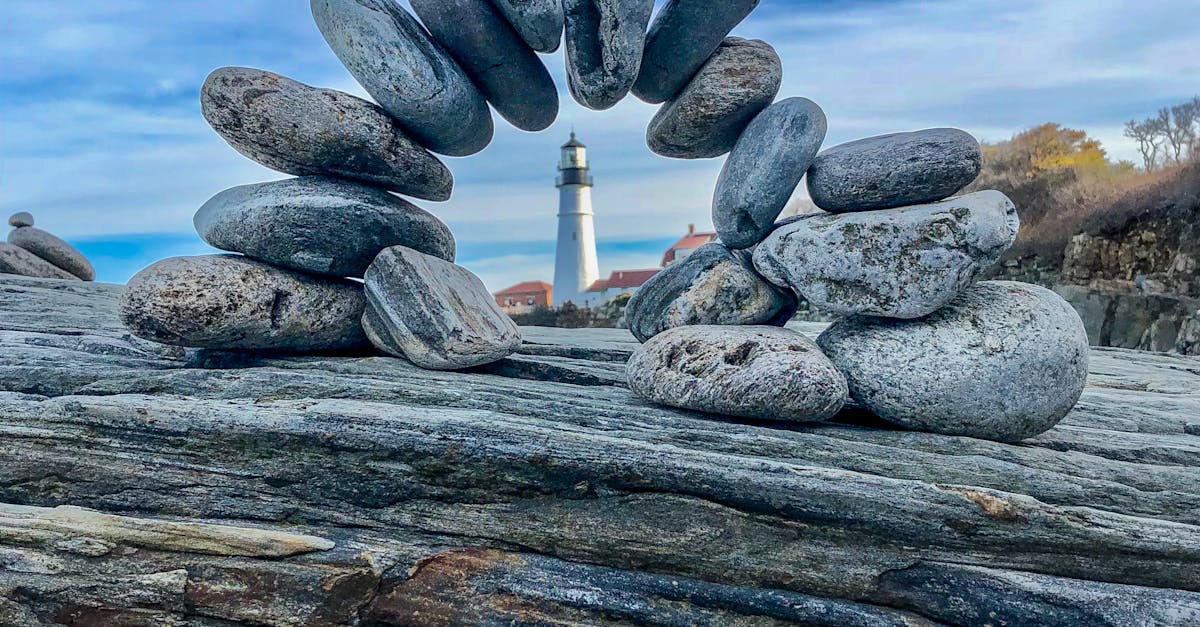
ain an attractive feature in outdoor spaces.
Weathering can lead to erosion, cracking, and discolouration, diminishing the integrity of the cobblestones. A quality sealer helps to mitigate these effects, allowing the pavers to better withstand harsh weather conditions. Regular sealing can result in fewer repairs and replacements, ultimately saving homeowners time and money. Protecting the investment in landscaping improves both functionality and aesthetics, contributing to a well-maintained outdoor area.Strategies to Keep Weeds at Bay
Types of Sealers for Sandstone CobblestoneManaging Efflorescence
There are several types of sealers available for sandstone cobblestone that cater to various needs and preferences. Penetrating sealers are popular for their ability to soak into the stone, providing a protective barrier against water and stains while maintaining the natural appearance of the surface. These sealers work by filling the pores of the stone, which helps prevent moisture damage and limits the growth of mould and mildew.
Film-forming sealers create a protective layer on the surface of the pavers, enhancing their colour and providing a glossy finish. These products are effective at repelling water and dirt, making clean-up easier. However, they may require more frequent reapplication compared to penetrating sealers, as wear from traffic can diminish their effectiveness over time. When selecting a sealer, it is crucial to consider the specific needs of the area, environmental conditions, and desired appearance.Identifying and Treating Efflorescence
Choosing the Right ProductWinter Care for Sandstone Pavers
Selecting the appropriate sealer is crucial for ensuring the longevity and aesthetic appeal of sandstone cobblestone pavers. Various types of sealers are available, each designed for specific applications. It is essential to consider factors such as the level of porosity in the stone, the expected foot traffic, and environmental conditions. A penetrating sealer provides deep protection, allowing the natural texture and colour of the sandstone to shine through, while a topical sealer creates a glossy finish and provides extra resistance against stains.
When choosing a product, inspect the manufacturer's guidelines and ensure that the sealer is compatible with sandstone and cobblestone materials. Look for features such as UV protection, resistance to water and oil stains, and breathability to prevent moisture from being trapped within the stone. Always consider the intended use of the space, whether it is for residential, commercial, or high-traffic areas, as this will influence the durability and maintenance requirements of the chosen sealer.Protecting Pavers from Frost and Ice
Application Process of SealersFAQS
The application of sealers on sandstone cobblestone pavers requires careful preparation and attention to detail to ensure optimal results. Start by cleaning the surface thoroughly to remove any dirt, grime, or previous treatments. If needed, use a pressure washer to achieve a deep clean. Allow the pavers to dry completely to avoid trapping moisture beneath the sealer. Preparing the surface not only enhances the adhesion of the sealer but also promotes an even finish.
Once the surface is prepped, select the appropriate sealing product for your specific type of sandstone. Applying the sealer can be done using a roller, brush, or sprayer, depending on the product's instructions and your comfort level. It is essential to work in small sections, applying the sealer in thin, even coats to prevent pooling and streaking. Ensure you maintain a wet edge as you apply to avoid lap marks and uneven coverage, leading to a more uniform appearance across the entire paved area.How can I prevent weed growth in my sandstone cobblestone pavers?
Essential Steps for Even Application
Regular maintenance is crucial for preventing weeds from establishing themselves in and around sandstone cobblestone pavers. One effective strategy involves the use of a high-quality mulch. A layer of organic mulch not only adds an aesthetic touch but also blocks sunlight from reaching weed seeds. This barriHow often should I seal my sandstone cobblestone pavers?er significantly reduces the likelihood of weed growth. Furthermore, ensure that mulch is replenished periodically to maintain its effectiveness, especially after heavy rainfall or windy conditions.
It is recommended to seal your sandstone cobblestone pavers every 1-3 years, depending on the type of sealer used and the level of wear and tear they experience. Regular inspections can help determine the best time for resealing.Another practical approach is to apply a landscape fabric before laying down the pavers. This fabric allows water and nutrients to penetrate while effectively suppressing weed growth beneath the surface. Additionally, consider using a sealing product, as sealing the pavers can create a smoother surface, making it harder for weeds to take root. Regularly inspecting your pavers for any signs of weed growth and addressing them promptly will also help keep your outdoor space looking neat and well-maintained.
Managing EfflorescenceRelated LinksThe appearance of efflorescence can be frustrating for paver owners. This white, powdery substance forms when water soluble salts rise to the surface of the stone as moisture evaporates. Detecting efflorescence is an essential first step, as it allows for timely intervention. Regular inspection of your sandstone cobblestone pavers can help spot the issue before it becomes more pronounced.
Preventing Weed Growth in Sandstone Cobblestone PaversAddressing efflorescence requires a multi-faceted approach. Initial cleaning with a soft brush and water can remove surface deposits. For more stubborn efflorescence, a mild acidic solution may be necessary. Always ensure adequate rinsing following treatment to help prevent further issues. Also, reducing water intrusion around the pavers can significantly minimise future occurrences, contributing to their longevity and overall appearance.Winter Maintenance for Sandstone Cobblestone PaversIdentifying and Treating Efflorescence
White, powdery deposits often appear on the surface of sandstone pavers, indicating the presence of efflorescence. This phenomenon occurs when soluble salts dissolve in water and rise to the surface as the water evaporates. Identifying efflorescence early is crucial to preventing potential damage. Inspection should focus on areas that frequently retain moisture, particularly in shaded spots or near plant beds where water may accumulate.
Another effective strategy is to consider sealing t